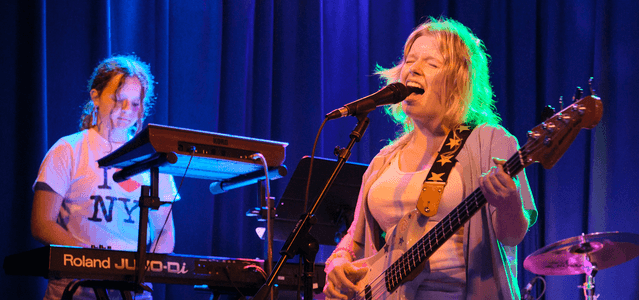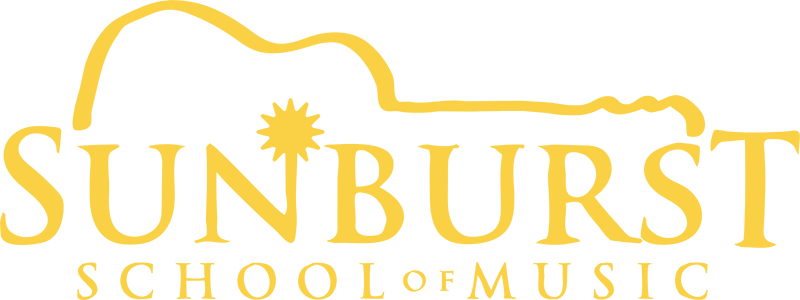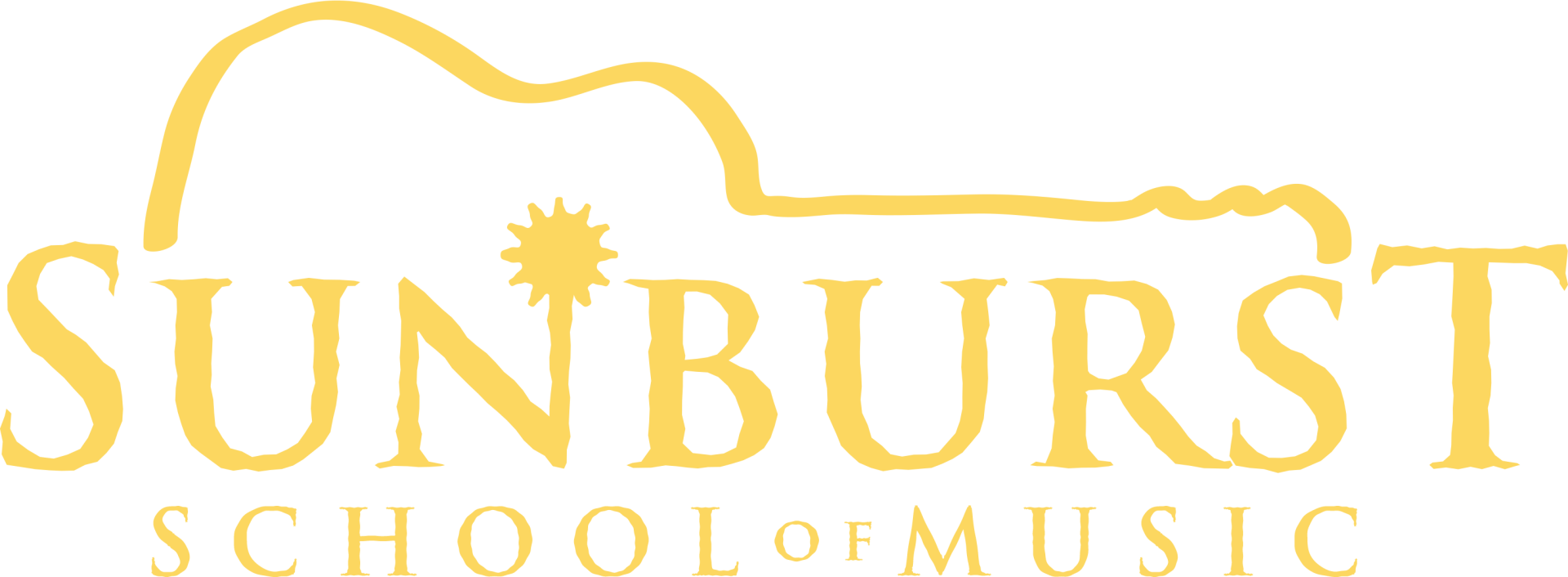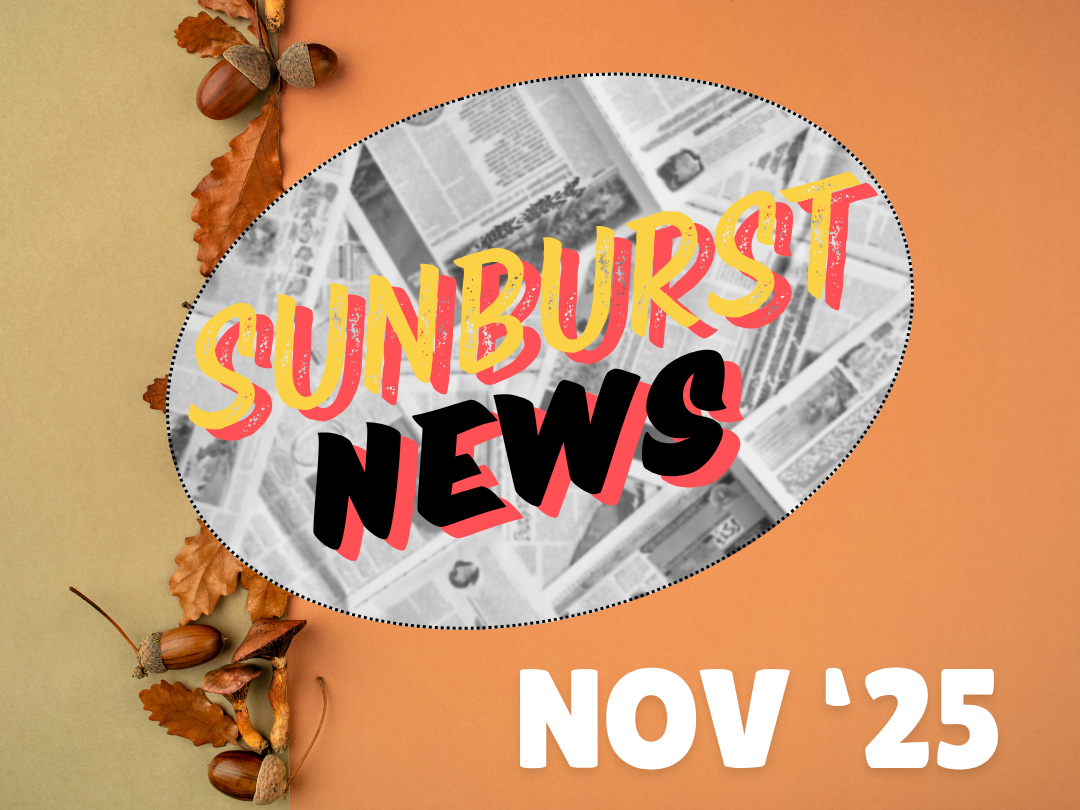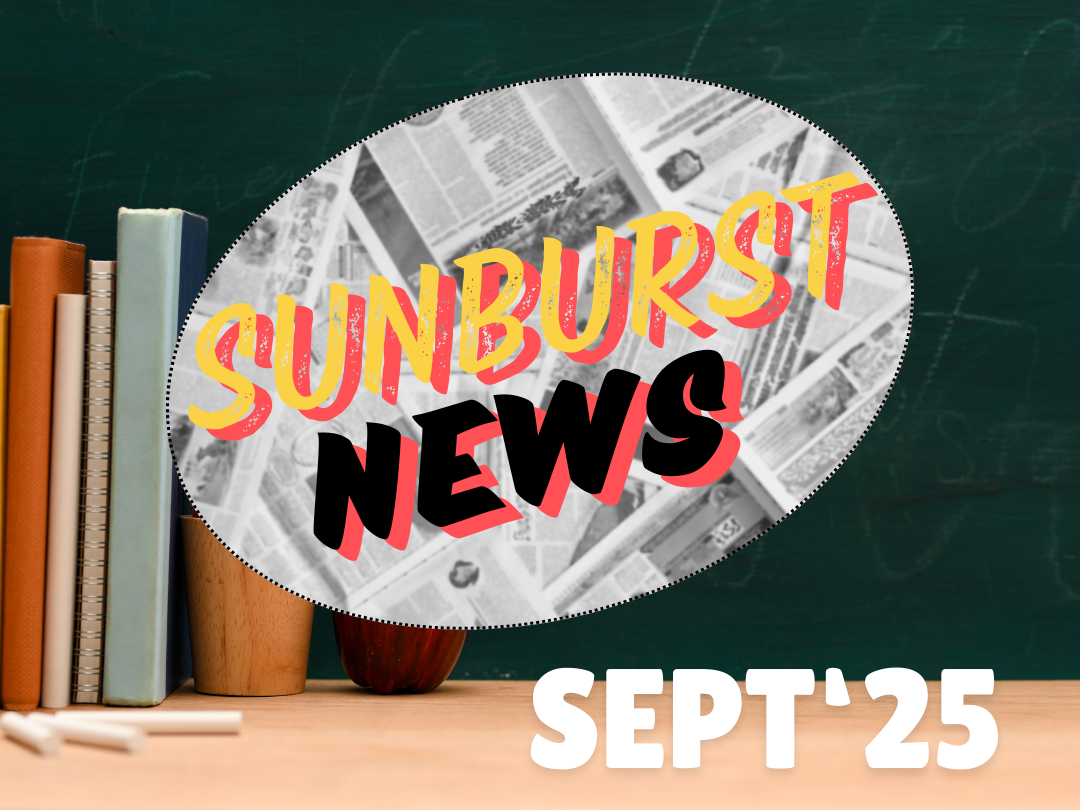July 30, 2025
As summer break comes to a close, we’re gearing up for the next term of the Sunburst Band Program and would love to see some new faces this fall. Playing in a band is one of the best ways to progress as a musician, so we put together a list of five reasons why we encourage our students to seek out opportunities to play in groups—whether it's starting a band or jamming with a couple of friends. Progress Your rhythm, timing, and listening skills improve quickly when you start playing in a band or group setting. While private lessons and solo practice are essential pieces of the puzzle, playing with others introduces new variables—like tempo changes, dynamics, and coordination—that challenge you to stay in sync with your bandmates and adapt to each other. We’ve seen so many students level up after just a couple months in the Sunburst Band Program–the progress happens fast! Friends and Connections We love watching our students and their families become friends and our band program has been a natural starting point for many of those relationships. Some of our current bands have stayed together for years, and it's awesome to see them hang out outside of lessons and support each other at shows. Plus, one of the best ways to get gigs is through connections with other musicians! Motivation Playing in a band is super motivating because you're part of a group working toward an exciting shared goal. Whether you're learning a new song, building a set list, or getting ready for a show, the process becomes more exciting and rewarding when you're making music you love with people you enjoy being around. That shared energy turns practice into something much more fun and meaningful. Performing Performing can be nerve-wracking, but it gets easier the more you do it, and being on stage with your friends makes it less scary. We love seeing how our students' stage presence and confidence grow with each performance—it’s one of our favorite parts of being teachers! As we mentioned, shows are a great place to make connections with musicians who you’d like to collaborate with in the future. Simply put, playing more shows leads to playing more shows. Creative Outlet Music is a powerful tool for expression, and it’s important to have outlets for that at any age! Life is very fast paced for many of us, and it can be tough to pause and do the things you enjoy. Band practice can be a consistent anchor in your week—something you can rely on for connection, processing, and creating with your bandmates. As corny as it sounds, playing music is good for your spirit! If you’d like to know more about the Sunburst Band Program, don’t hesitate to get in touch with us for more information. We also recommend talking with your private lessons instructor so that they’re aware and can help you prepare.

